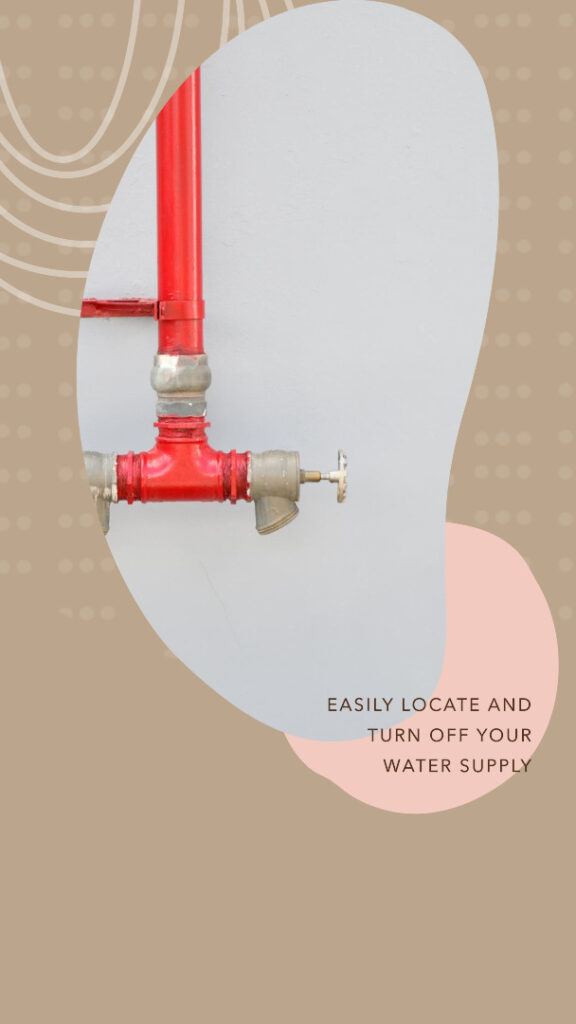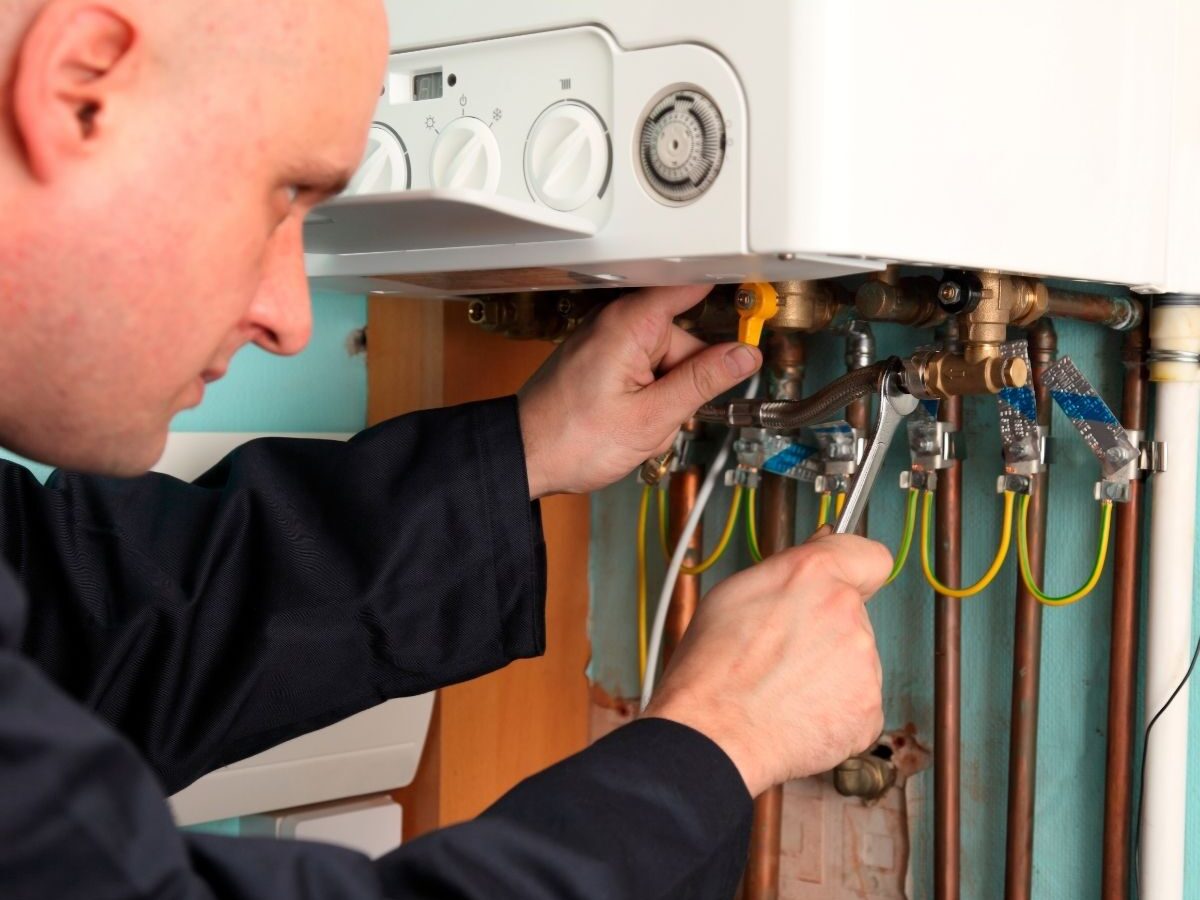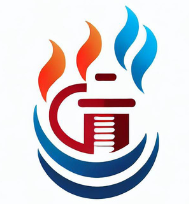The combination boiler is the most common type in UK households. There are no cylinders in the loft with a combi boiler. Water for the hot taps and radiators is supplied directly from the mains. Turning off the water supply is normally straightforward. We explain the process here.
How to turn off the water to a combi boiler
To turn off the water supply to a combi boiler, find the mains stopcock connected to the boiler, usually under the kitchen sink or near the water meter. Use your hands or a wrench to turn the stopcock until it fully closes. This stops water flow as combis use the mains supply directly.

Is It Safe To Turn Off Your Combi Boiler?
Reasons to Shut Off Water to a Boiler
There are several scenarios where you may need to shut off the water supply to your boiler:
- Performing boiler maintenance or repairs – Shutting off water allows you to safely work on the system.
- Replacing or relocating the boiler – The water supply will need to be disconnected.
- Leaks – If the boiler or related piping is leaking, shutting off water can minimize damage.
- No heat – If the boiler isn’t heating properly, shutting off water can help determine causes.
- Frozen pipes – In very cold weather, shutting off supply can prevent pipes from bursting.
- Water damage – If there is flooding or water damage near the boiler, you may need to shut off water to stop it.
- Boiler safety – If you suspect an issue with water pressure, temperature, or flow, shutting off the supply may be necessary.
- Emergencies – In a burst pipe emergency, quickly shutting off water can reduce catastrophic damage.
- Plumbing work – Any repairs to incoming water lines, valves, etc will require shutting off boiler water.
Knowing the range of circumstances where shutting off the boiler water supply is advisable allows you to act quickly in the proper situations.
Turning off the mains stop tap will also turn off the water to all of your home’s outlets.
If you are having trouble finding the stop valve, it’s usually wherever the cold water enters your property.
Turn off water supply to boiler step by step
If you need to turn off the water supply to your combi boiler, it’s important to know how to do it safely and effectively.
The first step is to locate the main shut off valve for your home’s water supply. This valve is typically located near the water meter or where the main water supply enters the property, and can be turned off by turning the lever or handle anti-clockwise. If you’re unsure where the main shut off valve is located, consult a plumber or contact your local water supplier for assistance.
Once the main water supply is turned off, you can then turn off the valve that supplies water to your combi boiler. This valve is typically located near the boiler and can be turned off by turning the lever or handle clockwise.
It’s important to note that turning off the water supply to your combi boiler should only be done in emergency situations or when performing maintenance or repairs on the boiler.
If you’re unsure about how to turn off the water supply or have any concerns about your combi boiler, it’s always best to consult a licensed plumber or heating engineer.
By following these simple steps and using the appropriate tools and techniques, you can ensure that your combi boiler is safe and working efficiently for years to come.
Worcester Boiler Won’t Turn Off: Find Out Why And Fix
Direct vs Indirect Feed Boiler Water Supply Shutoff
There are key differences in how you turn off the water supply to a direct feed boiler like a combi boiler versus an indirect feed boiler with a hot water cylinder.
With a combi boiler, the water supply comes directly from the mains line into the boiler unit. To turn off a combi boiler’s water, you simply need to locate the main stop valve and turn it clockwise to close it. This will shut off water to the entire boiler.
However, boilers with hot water cylinders use an indirect supply from a cold water storage tank. There will be a valve on the pipe supplying water from the tank to the hot cylinder. Turning off this valve will disconnect the water going to the hot water cylinder and boiler.
You may also need to locate the cold water storage tank and close the outlet valve so water isn’t coming from the tank. Be sure to check for any other indirect lines supplying the boiler from a water storage unit and turn the valves off.
The key is knowing whether your boiler uses a direct mains supply vs an indirect supply from a water tank, and finding the right valves to turn off the water feeding the boiler itself and any indirect supply tanks.

Locating the Main Water Shutoff Valve
In some cases, you may be unable to find or access the valve that shuts off water directly to your boiler. In this situation, you will need to locate and use the main water shutoff valve for your entire house.
The main shutoff valve is typically located where the primary water supply line enters your home. Some common spots to check are near the home’s water meter, in the basement by the foundation wall, in a utility closet, or by the hot water heater.
Look for a large valve with a lever or knob that should have an “ON” and “OFF” or “OPEN” and “CLOSED” markings. You may see a blue or red indicator on the valve showing whether it is opened or closed.
To turn off the main shutoff valve, simply turn the lever or knob clockwise until it stops. This will shut down water supply to the entire house, including the boiler.
Once you have turned off the main water supply, go ahead and open taps on the lowest and highest levels of the house to drain out any remaining water in the pipes. This will allow you to safely make repairs before restoring full water supply.
Knowing how to find and use your main water shutoff valve is crucial in case you cannot access or locate the boiler’s individual cutoff valve. It provides a backup option to stop all water flow during a plumbing emergency.
What to Do When Your Boiler Leaks When Turned Off
Draining Pipes After Shutting Off Water
Once you have shut off the water supply to the boiler and/or the main valve for the house, an important next step is to drain out any remaining water from the pipes.
To do this, first open the tap or faucet at the lowest point in the house, such as in the basement or laundry room. Let it run until the flow of water stops.
Then find a tap or faucet at the highest point in the house, such as an upstairs bathroom sink, and do the same. Let it drain out the pipes.
This process of draining from the lowest and highest taps allows you to fully empty water lines throughout the house by gravity.
It ensures no residual water remains trapped in any pipes which could leak out or cause other issues while you have the main water supply turned off.
Completely draining the plumbing system provides ideal conditions for making repairs or doing maintenance on the boiler safely, without water pressure in the pipes.
Water Supply
There are numerous types of boilers, such as combi, regular, and system, and you must determine whether it is direct feed or indirect feed.
The advantage of a combi boiler is that it is on the mains supply so turning off the mains water turns off all your taps.
Because hot water is supplied directly by a combi boiler, closing the mains stop valve will turn off all incoming water.
However, with a combi boiler the heating is a closed loop system where the same water is heated and circulated around the pipes and radiators. So the heating system will not be affected by you turning off the water supply, just the mains cold water.
Turning off water to an indirect feed
If you have a hot water cylinder, this will be an indirect supply, and the pipe from the cold water storage cistern to the hot water cylinder will have a valve on it. You must locate and deactivate this.
Many people shut off the mains but fail to disconnect other water supplies that are fed indirectly.
Water stored in the loft, for example, in a cylinder or cistern, would supply water to the bathroom and other parts of the house.
To turn this off, close the valve on the cylinder or cistern’s outlet supply.

Safety considerations when turning off the water supply to a combi boiler
“Before turning off the water supply to your combi boiler, it’s important to understand safety precautions. You should only turn off the boiler’s water supply in emergency situations, such as a burst pipe or leak, or when performing maintenance or repairs.
Turning off the water routinely or unnecessarily could damage the boiler. If you have any concerns about properly shutting off your boiler’s water supply, consult with a licensed plumber or heating engineer. They can ensure the water is turned off and back on safely and correctly.”
“When turning the water supply back on after repairs, turn the valves slowly and check for leaks. Ensure all taps are closed before restoring full water pressure to avoid splashing or overflow. Leaving the boiler without water for an extended period could also damage internal components, so turn the supply back on and refill the system after finishing repairs.
Only attempt to turn off your combi boiler’s water supply if you are confident you know the proper valve and can do so safely. When in doubt, call in a professional.”
Is it safe for the boiler when the water is turned off?
Boilers have built-in sensors and controls to detect any changes in incoming water and its flow rate. The boiler will not fire up if water is not going through it.
If you were to turn off the water while the boiler is running, it will be detected quickly and the boiler will shut down.
Otherwise turning it on with no water to heat up could damage it.
The heat exchanger in your combi boiler would be the most affected, but your cylinder and radiators would most likely be fine.
Related Articles:
